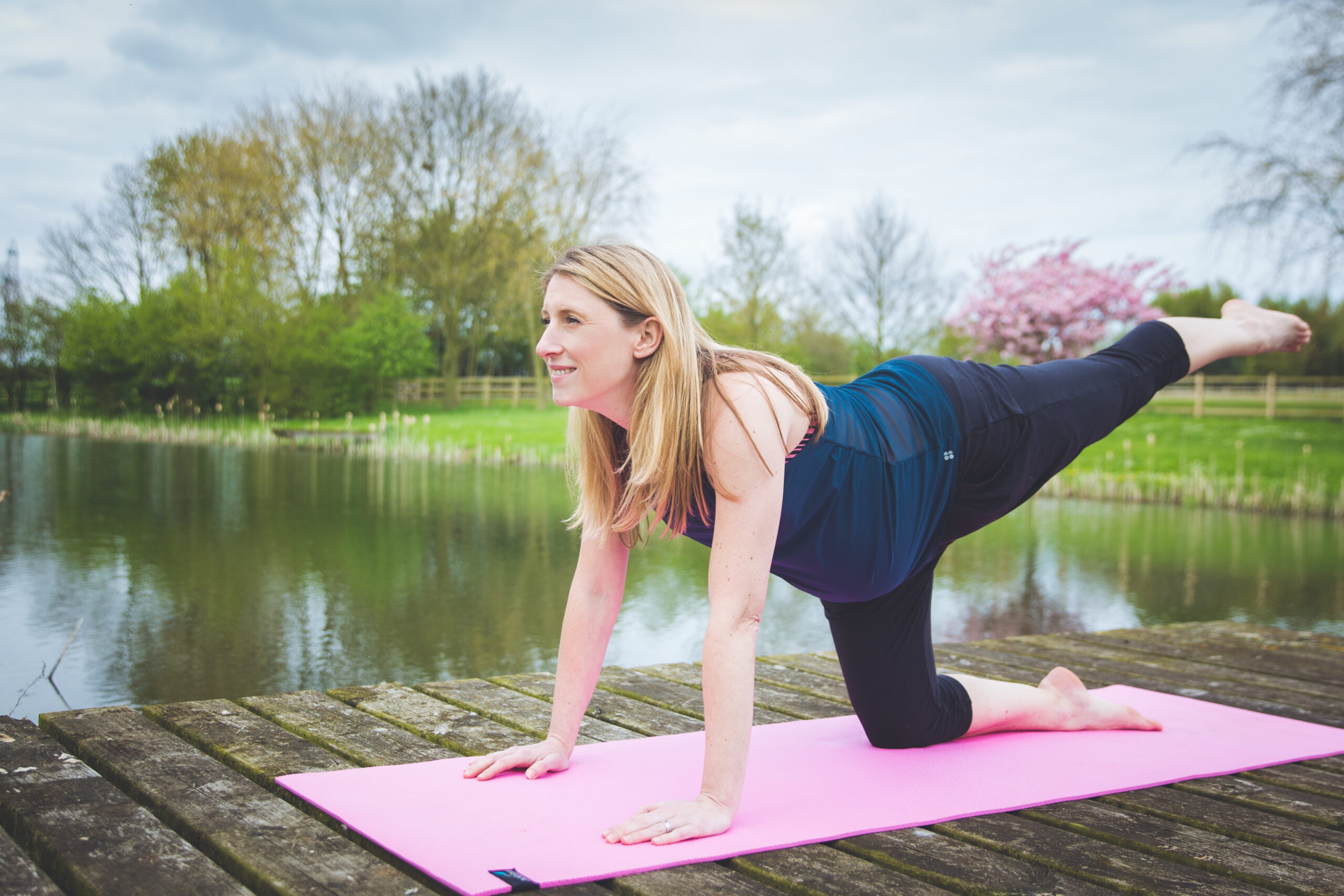
How Often Should You Workout Your Abs?
Working out your abs can do more than just help you look good. Having a strong core has many benefits, including improved posture, improved overall athleticism, and even better stability and balance. But, how often should you work out your abs? In this article, we’ll look at how often you should be targeting your abs to get the most out of your workouts.
List of Content
- 1. What are Ab Workouts?
- 2. What Are the Benefits of Ab Workouts?
- 3.
- 4. What Are the Different Types of Ab Exercises?
- 5. What Are Some Tips for Doing Ab Workouts?
- 6. Wrap-Up: Getting Into a Routine of Ab Workouts
- You Ask, I answer

1. What are Ab Workouts?
Ab workouts are a form of exercise that focuses on strengthening the core muscles in the abdomen and obliques. Core strength is essential for stabilizing the spine and enabling full range of motion in the torso, hips, and lower back.
Regularly performing ab workouts can have lots of benefits:
- reduce lower back pain
- improve posture
- increase stability and balance
- improve performance in other exercises and sports
The most common type of ab exercise is a crunch. To perform a crunch, lie down on the floor with your feet flat on the ground and your knees bent. Place your hands across your chest, press your lower back into the mat, and lift your shoulder blades off the ground.
Other common ab exercises include planks, leg lifts, mountain climbers, and Russian twists. These are all compound exercises that work multiple muscles in the core. To make them more challenging, you can add weights or resistance bands, or increase the number of repetitions.

2. What Are the Benefits of Ab Workouts?
Are you looking for ways to tone your abs? Ab workouts are a great way to get those abs you’ve always wanted to show off. Working out your abdominal muscles can help you in various ways on and off the exercise mat. Doing regular ab workouts can tone your abdomen, improve your balance, and even help reduce back pain.
Better Posture:
One of the main benefits of regular ab workouts is an improved posture. When your abdominal muscles are weak, your core becomes weak. This, in turn, affects your posture. A weak core doesn’t support your spine correctly, leading to slouching and back pain. Ab workouts strengthen your core and the surrounding muscles, helping to keep your back in a natural position. Over time, you should notice a more upright stance and additional support for your back.
Stronger Abs:
Ab workouts help your abdominal muscles stay strong and toned. When you want an attractive six-pack or flat stomach, ab exercises are the way to go. Ab exercises target the muscles that make up the abdominals, helping them become stronger and more flexible. As you progress with your ab exercises, you will begin to build muscle, which helps to define your stomach.
Improved Balance:
Strong abdominal muscles are essential for maintaining good balance. Core strength helps to support your entire body, and having strong abdominals gives you the foundation for a secure balance. When you do ab exercises, it helps to strengthen your core and increases your ability to maintain a steady balance. This can help with your stability when running, stretching, and various other activities.
- Core stability
- Flexibility
- Mental clarity
- Decrease in stress levels
As is clear, ab workouts have tons of benefits. For a well-rounded fitness routine, make sure you dedicate enough time to strengthening your core. With regular ab workouts, you will notice increased core strength, improved posture, and better balance. All of these benefits are worth the investment of time, helping you achieve the results you are after.
3.
Schedule
It’s important to stick to a regular schedule when it comes to working your abs. Aim to do some kind of abs exercise 3-4 times a week. Even if that means just a five-minute ab routine, doing something on a regular basis is better than nothing. This will help train your core muscles and build up strength even if you can’t make it to the gym or a fitness class.
Intensity
How often you workout your abs typically depends on what type of exercises you’re doing and the level of intensity. You may want to do higher intensity exercises (like HIIT or crunches) three or four times a week, or you may want to spread them out a bit. It’s also important to mix up your routine to avoid muscle exhaustion and injury. Don’t forget to warm up before starting any abdominal exercises.
Rest
- Be sure to plan rest periods between your abs workouts. This will give your muscles time to recover and rebuild before the next workout.
- You can still work your core if you take a day or two off. Try core-strengthening yoga poses or stretches or planks for a low-impact exercise that won’t tire out your muscles.
Modifications
You can modify abdominal exercises to suit your fitness level. Most exercises can be made easier by using lighter weights or adjusting your body position to make them less intense. And remember to listen to your body and don’t push yourself too hard. You want to challenge yourself, but not to the point of injury.
4. What Are the Different Types of Ab Exercises?
Core Exercises
Core exercises are those that strengthen and tone the abdominal region, helping to build stability and balance. Popular exercises include planks, side planks, bridge poses and leg lifts. There are a range of variations available for all of these exercises to ensure everyone can find something suitable for their fitness level.
Resistance Training
Resistance exercises are great for building abdominal strength and toning. Exercises such as sit-ups, crunches, and leg lifts, which are all focused on the abdominal muscles, can all be done with or without specialised equipment such as resistance bands. To diversify your regime, you could try medicine ball exercises such as Russian twists and weighted crunches.
Cardio
Cardio activities such as running, swimming and cycling are great for abs as they work to strengthen the entire core and increase the metabolism. To help improve abdominal strength and tone, you could try activities like mountain climbers and jumping jacks.
Yoga
Yoga can be a great way to strengthen your core and improve your overall balance. Examples of abdominal focused yoga asanas include boat pose, cobra pose, and bow pose. Depending on your level, there are modifications of these poses available to make sure everyone exercises safely.
5. What Are Some Tips for Doing Ab Workouts?
When it comes to ab exercises, there are a few key tips to keep in mind. Follow these suggestions to get the most out of your workouts and see results.
Firstly, start off by warming up your core muscles with stretching and dynamic movements. This will prepare your body for the exercises that you’re about to do and help reduce the risk of injury.
Next, make sure to set manageable goals. Don’t try to attempt too hard of exercises at once. It can be beneficial to layer on more difficult exercises as you become more comfortable and your body grows stronger.
Finally, try to incorporate variations of exercises. Doing the same exercises over and over gets boring and can lead to plateauing. Identify other exercises that target the same muscle groups and switch up your routine periodically. Here are a few tips for doing ab workouts:
- Focus on form. Focus on using all the right muscles.
- Use either bodyweight exercises or resistance bands whenever possible.
- Move slowly and focus on the process rather than reps.
- Incorporate supersets and giant sets.
- Get nutrition on point to get the most out of your efforts.
6. Wrap-Up: Getting Into a Routine of Ab Workouts
Fitting an effective abdominal workout routine into your lifestyle can be a difficult challenge. First and foremost, it is important to find a routine that works for you and your schedule. Setting a realistic goal for yourself and the amount of time you are willing to commit to it is a great place to start. Once you have your goal and timeouts set, make sure to stick to it. Besides planning, here are a few tips to help you stay on track:
- Create a reminder system: Whether it be reminders on your phone, post-it-notes, or writing it in your schedule, establish a method to remind yourself when it is time to exercise.
- Keep your routine varied: Challenging yourself regularly with different exercises and variations of those exercises is key to keeping your routine efficient and enjoyable.
- Make it fun: Playing music, exercising with friends, or trying out new moves are all great ways to enjoy your abdominal workouts.
- Reward yourself: Treat yourself after a successful workout or reaching a goal. This is sure to keep you motivated and encouraged to stick with it.
Incorporating these tips into your routine will help you to develop a healthy habit of exercising that is sure to keep your body in shape and your mind in peace. Ab workouts can be very effective and are an essential part of any exercise routine if you want to develop a well-defined abdominal section. With these tips, a consistent routine, and dedication you will be on your way to the abs you have always wanted.
You Ask, I answer
Q: How Often Should I Workout My Abs?
A: Generally speaking, you should aim to do ab related exercises every other day with at least 48 hours of rest in between sessions. That being said, this will be dependent on your goals, current fitness level, and individual tolerance for exercising. As always, it’s best to consult with a certified fitness professional to help create a tailored routine that works for you.
Q: What Type of Exercises Can I Do for Abs?
A: When it comes to working out your abs, you’re really only limited to your imagination! Popular exercises include: planks, crunches, Russian twists, and leg raises. However, there are many different variations and additional exercises that you can do as well. Again, it’s best to start off slow and work your way up to more advanced exercises.
Q: How Many Sets & Reps Should I Do?
A: Again, this is somewhat dependent on your individual goals and fitness level. Generally speaking, you’ll want to aim for 3-4 sets of 8-15 reps. As you get more comfortable, you can start gradually increasing the difficulty by either upping the weight or doing more sets or reps for each exercise.
Q: Are There Any Other Things to Consider?
A: Yes! Make sure that you’re aiming for good form when doing abs exercises and taking the necessary steps to prevent injuries such as warming up before each session and taking rest days. Also, it’s important to remember that a healthy diet and proper hydration are just as important as doing the exercises themselves when it comes to seeing results.
If you’re looking for a reliable way to get your core in shape, establish a routine that works for you! Stick to your plan and put in the time and effort and you’ll soon be seeing the results you want. Good luck!

